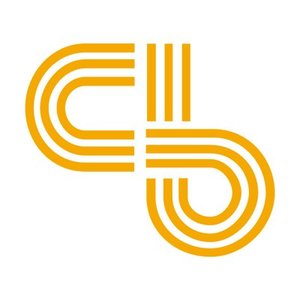In a surprising turn of events, especially for those closely monitoring the intersection of cryptocurrency and technology policy, Europe has firmly denied succumbing to pressure from the Trump administration to soften its stance on AI liability rules. This bold declaration comes amidst growing global debate on how to regulate Artificial Intelligence, a technology increasingly intertwined with the future of blockchain and digital currencies. Let’s dive into the details of Europe’s assertive stance and what it means for the future of AI regulation worldwide. Is Europe Really Backing Down on EU AI Regulation ? Recent reports suggested that the European Union was considering diluting its planned tech regulations, particularly the AI Liability Directive. This directive, drafted in 2022, aimed to empower consumers to seek legal recourse for damages caused by AI-driven products and services. However, EU’s digital chief, Henna Virkkunen, has explicitly stated that the decision to scrap the AI liability proposal is not about yielding to external pressure, especially from the US. Instead, she emphasizes a strategic pivot towards bolstering European competitiveness by streamlining bureaucratic processes and reducing red tape. This move is framed as a proactive step to foster innovation within the EU, ensuring they remain at the forefront of technological advancement without stifling growth with overly complex regulations. Why is AI Deregulation Being Discussed Now? The discussion around AI Deregulation gained momentum following a speech by U.S. Vice President JD Vance at the Paris AI Action Summit. Vance urged European lawmakers to reconsider stringent technology regulations and instead align with the US in capitalizing on the “AI opportunity.” His remarks underscored a growing sentiment in some quarters that excessive regulation could hinder the rapid development and deployment of AI technologies, potentially putting Europe at a disadvantage in the global tech race. This US perspective contrasts with the EU’s traditionally cautious approach to technology regulation, often prioritizing consumer protection and ethical considerations. What is the Future of AI Liability in Europe? Despite the shelving of the AI Liability Directive, Europe is not abandoning the concept of AI Liability altogether. Virkkunen pointed to an upcoming code of practice on AI, linked to the EU’s broader AI Act, as the new mechanism for addressing liability concerns. This code aims to streamline reporting requirements, aligning them with existing AI rules. The European Commission’s 2025 work program, unveiled shortly after Vance’s speech, reinforces this direction. While confirming the end of the AI liability proposal, it simultaneously outlines initiatives to stimulate regional AI development and adoption. This dual approach signals Europe’s intent to balance innovation with responsible AI governance, even if the initial liability directive is no longer the chosen path. Trump Pressure or Strategic Shift in Europe AI Policy ? The core question remains: Is Europe’s shift a response to Trump Pressure , or is it a strategic recalibration of Europe AI Policy ? EU officials firmly deny external influence, attributing the change to an internal drive for efficiency and competitiveness. They argue that cutting bureaucracy is essential to fostering a thriving AI ecosystem within Europe. However, the timing of the announcement, following US pressure and amidst global debates on AI regulation, inevitably raises eyebrows. Whether it’s a genuine strategic pivot or a subtle concession to external pressures, the implications for global AI governance and the cryptocurrency space – which increasingly relies on AI – are significant. In conclusion, Europe’s denial of external pressure regarding AI liability rules marks a pivotal moment in the global AI regulatory landscape. While the initial AI Liability Directive is off the table, Europe is charting a new course, emphasizing competitiveness and streamlined regulations. This development warrants close attention from the cryptocurrency community, as AI’s integration into blockchain technologies continues to grow, making the regulatory environment a critical factor in future innovations and applications. To learn more about the latest AI market trends, explore our article on key developments shaping AI features.


















